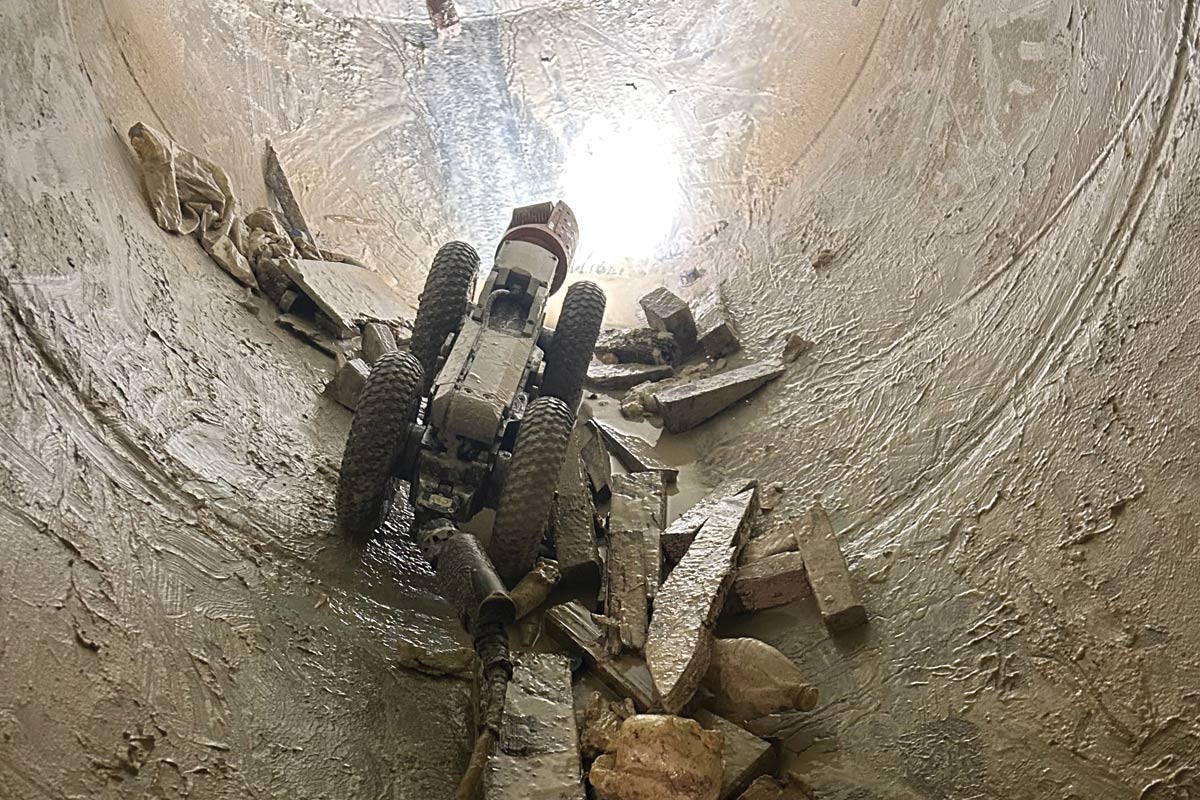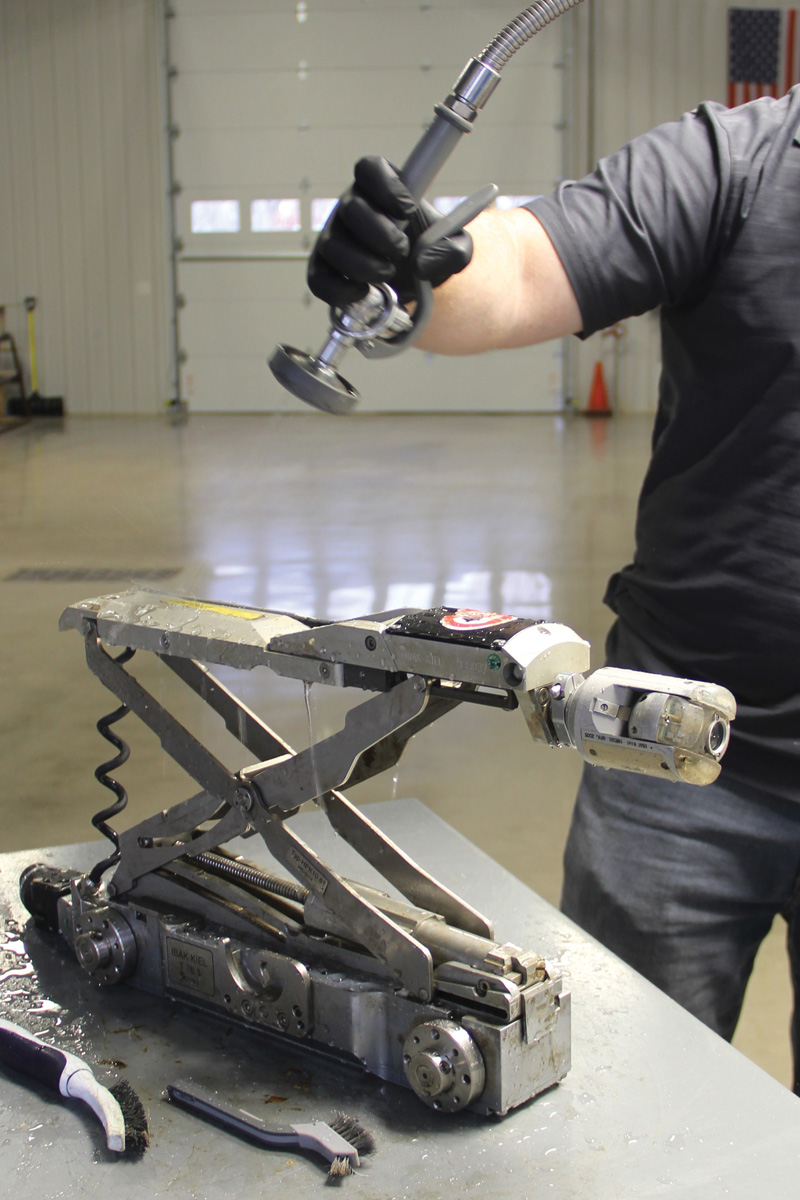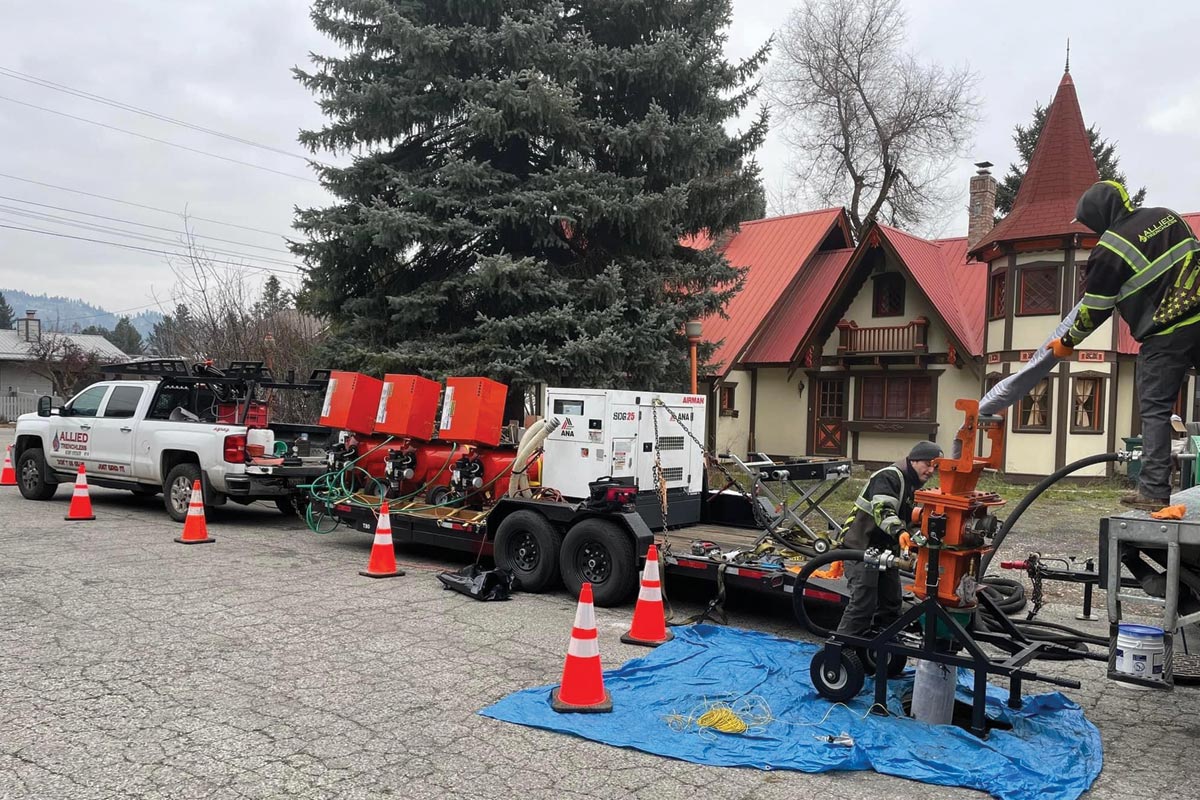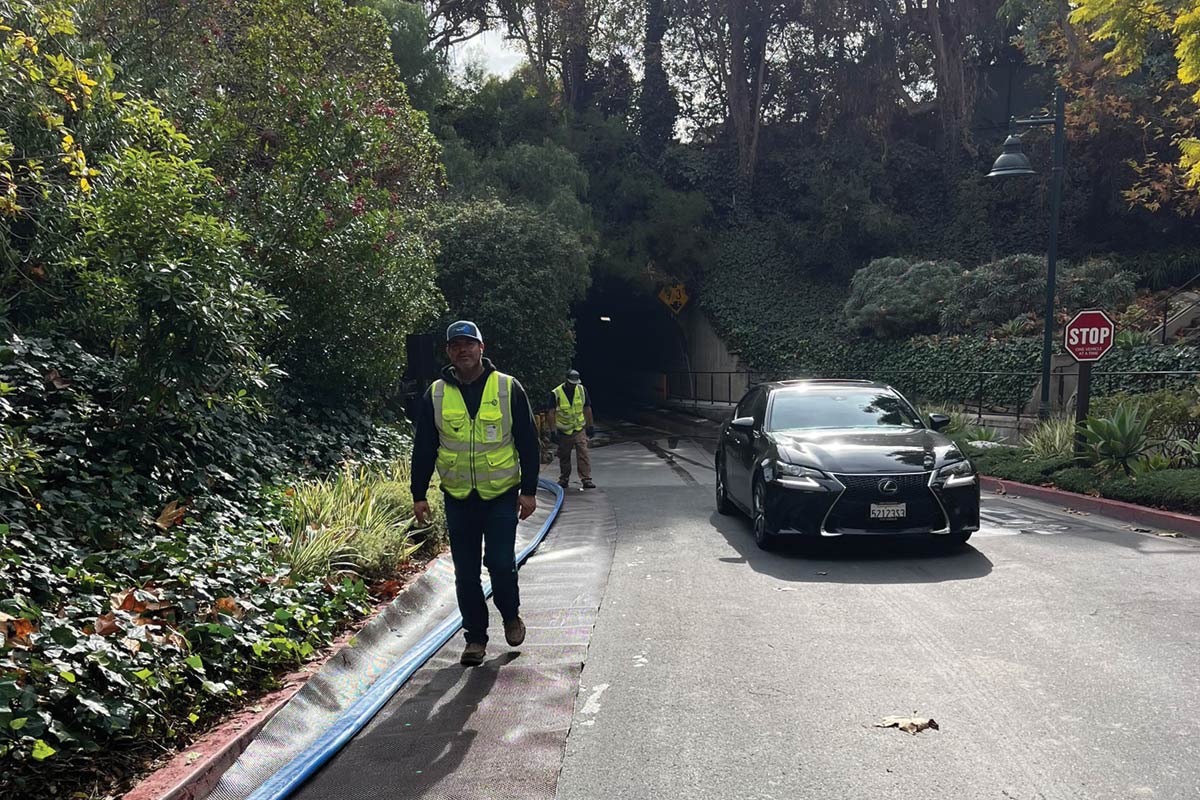
How-to: Maximize The Lifespan of Your Inspection/Rehabilitation System

In the demanding field of underground inspection and rehabilitation, availability is your system’s best ability. Repairs cost money and downtime eats into potential profits, so keeping up with proper maintenance and general knowledge of your system is one thing the operator can control. Like any complex tool, ignoring proper care can significantly decrease the lifespan of your investment.
Our North-Central Sales Territory Manager, Andy Melton, has over 2 decades of experience in the pipeline inspection industry. In his experience, he has identified four critical rules that operators can follow to not only be more successful with their system, but maximize the lifespan.
- Read your owner’s manual.
It is recommended that you read your Owner’s manual from front to back before operating your system. While this sounds pretty straight-forward, a surprising amount of confident operators are willing to get their hands on the controls before reading the manual. The truth is, the owner’s manual is written by the manufacturer’s engineering team, and contains some great information. For example, most operator manuals will contain charts/diagrams for specific set-ups depending on conditions. Rather than scrambling to find the answer when an issue occurs, this information is much more valuable to know before-hand. It may be trivial, but having a general knowledge of the manual allows for quick and easy references when needed. - Go slow to go fast.
Slow and steady wins the race when it comes to protecting your equipment. During an inspection, the goal is always to be efficient, but hurrying can lead to costly mistakes. Always be cautious when lowering/raising the unit in and out of the manhole. This is where the most damage can occur. There are many distractions during this phase due to traffic, weather conditions, etc., and an operator’s hand could slip leading to a system hitting the side of the manhole, or worse, dropping the system. Once the system is in the pipe, and the inspection is being conducted, it still applies. Of course you want to inspect quickly, but do not sacrifice missing crucial defects and observations. Slowing down and paying close attention will save you time and money down the road. - Protect your cable.
The most important component in every CCTV inspection system is its cable. Damaged cables commonly require expensive reterminations or even completely replacing the cable. There are a few different things you can do to prevent damage:
Use rollers. If your cable is making any contact at the top of the manhole, use a manhole top roller. We always recommend using a down-hole roller at the bottom.
Positioning your truck/vehicle. Park your truck or vehicle at a reasonable distance away from the manhole, and ensure it is in-line (or as best as you can get with the conditions available).
Pick a manufacturer that has a dual-axis cable connection, allowing for the cable to move freely and prevents frequent bends and pinches.

Spending a little extra time on the setup to reduce friction on your cable will pay dividends in the years to come.
- Clean your equipment.
Pipe inspection/rehabilitation robots are not simple tools. They are mechanical, electronic systems that we deploy in some of the worst environments possible. Over time, debris can accumulate around continuously moving parts such as wheel seals, pan & tilt camera surfaces, and other articulating parts. Typically, your manufacturer should provide you with a recommended process for cleaning your equipment, but here are some general guidelines:
Always use appropriate PPE.
Upon raising out of the manhole, immediately rinse your system with water.
Do not use high pressure water. Water from a hose or faucet is sufficient, if done on a regular basis.
Dish soap and water is plenty, no harsh cleaning chemicals are needed.
Use a soft brush to get into hard to reach areas that require attention.
While these four rules may sound obvious, they shouldn’t be overlooked. Following these general guidelines will not only increase profits, but most importantly, reduce downtime and repairs while extending the lifespan of your investment.




